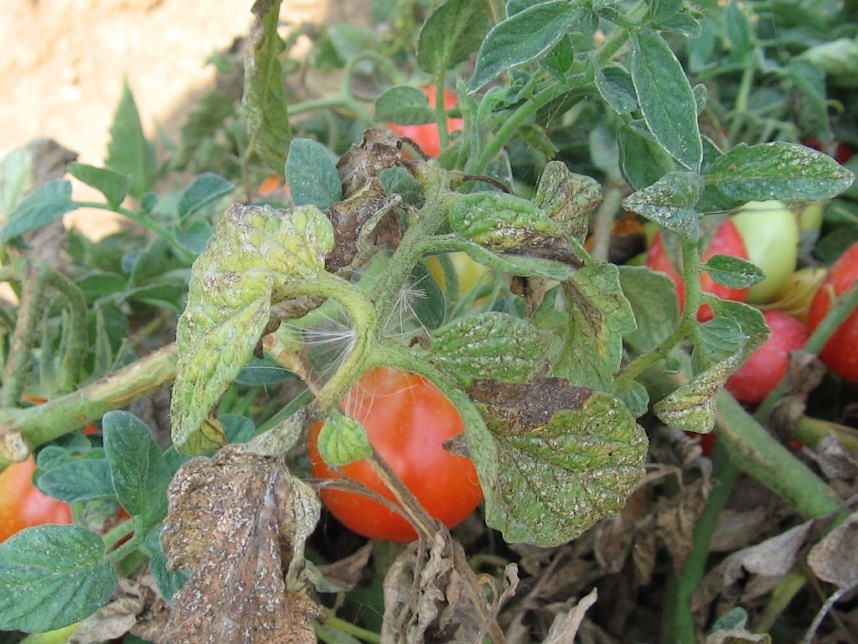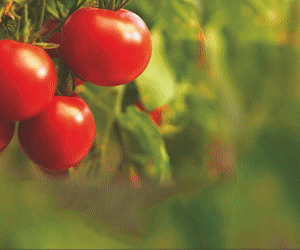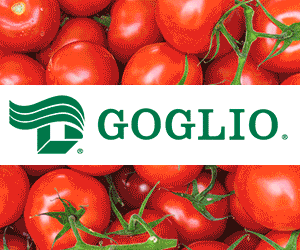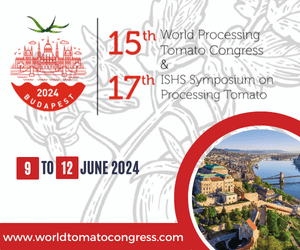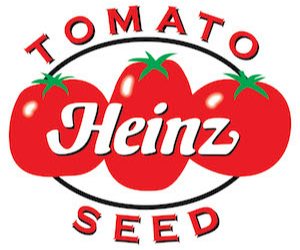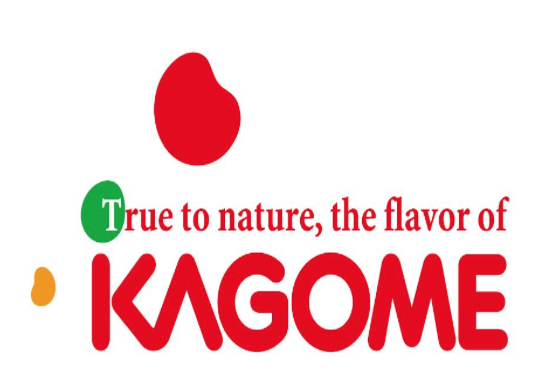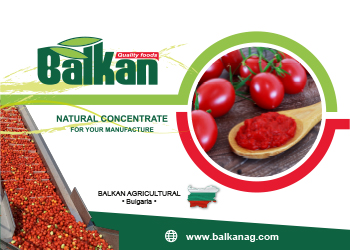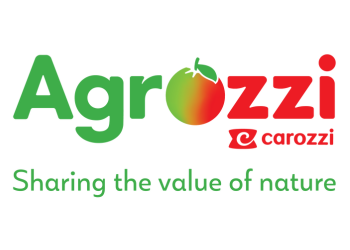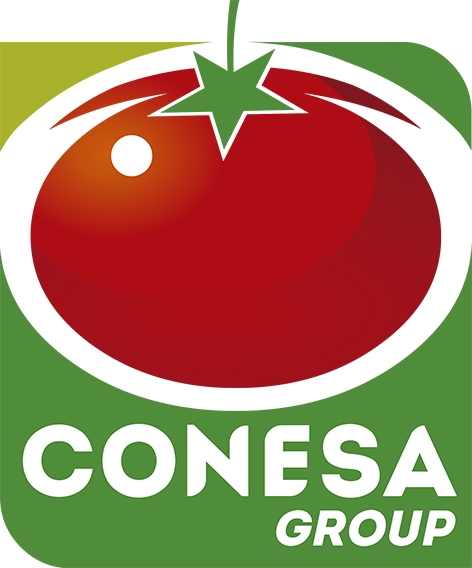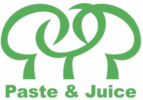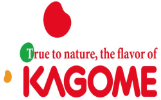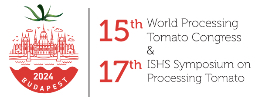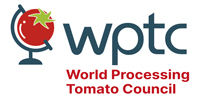Because of the threat of red spider-mites to the processing tomato crops of northern Italy, it has been necessary for growers to adopt a joint strategy to limit their impact, after the damage caused last year in terms of lower production and the deterioration of quality (color, soluble solids content and sugars) in the province of Piacenza, historically a major tomato growing area that dedicated 9 962 hectares to that crop in 2018.
Potential measures to be taken were presented on 8 March in Piacenza during a meeting entitled "The red spider-mite hazard: the industry and control measures", hosted by the Pomodoro Nord IO, the region of Emilia Romagna and the Consorzio Fitosanitario di Piacenza (a plant-health agency), just before the launch of the 2019 harvest season.
"Red spider-mites," explained the regional plant health agency, "are able to feed at the expense of many different plant species, hopping easily from one crop to another, and, above all, can rapidly acquire tolerances and resistances to the different active inputs used to counteract their proliferation."
"The increase of economic investments in protective measures using plant-pharmaceuticals has proven itself to be insufficient in controlling the infestations of this formidable mite," stated the IO. "So it is necessary to adopt a common aggressive strategy that can be applied throughout the region and that also involves other crops, in addition to tomatoes, in order to protect the whole area as soon as there are reports of resistances to miticide treatments. The IO is convinced that all tomato growers will adopt this strategy and comply with its constraints, as will all commercial operators, with the common aim of limiting the damage caused by the spider and obtaining results that are commercially satisfactory, both for growers and processors."
Harvesting tomatoes that have been damaged by red spider-mites
During the 2018 processing tomato season, infestations of red spider-mites caused damage in a dozen locations south of Piacenza. It seems that the presence of this mite has now been reported throughout the remainder of the Piacenza area as well as in the areas around the neighboring cities of Parma, Alessandria, Pavia and Ferrara.
A new approach for territorial protection
Since last August, the Pomodoro Nord IO has called on the regional plant health services of the Emilia Romagna authorities. Traditional defense strategies, based on an excessively small number of molecules, have shown themselves to be limited in effectiveness and of temporary use. So the IO set up a work-group to draw up a territorial approach involving various partners, like the universities, the provincial plant health agency, agricultural professionals, the region's agricultural consortia and distributors of plant health inputs, in order to understand how this pest spreads and to jointly determine an effective defense strategy.
Work carried out within the industry has shown that there is a link between the presence of red spider-mites and several territory-wide agricultural decisions, and that the dynamics by which the pest is propagated go well beyond just tomato crops, and also concern crops of grain and pulses.
Research carried out by Dr Emanuele Mazzoni, from the Catholic University of the Sacred Heart, has shown the ineffectiveness of currently available miticide treatments, and has demonstrated that this is a result of "the emergence of a resistance among the mites after being repeatedly treated with the same active substances".
So several recommendations have been made for the most vulnerable areas:
- Miticide treatments should only be applied after the first recorded observations of populations of red mites.
- In order to avoid resistance issues, the first treatment should use products containing substances whose active principles are different from those used the previous year.
- It is essential to alternate between different miticides with different active principles. Commercial formulations with different brand names may contain the same active substance, or possibly a different active substance but with the same active principle.
- It is essential to scrupulously comply with instructions in order to avoid both excessive doses and insufficient doses.
- Good practice principles for applying the inputs should be instituted in order to maximize the effect of the substances, including accurate and uniform humidification of the plants, keeping in mind that the mites are mostly located on the lower surface of the leaves.
- It is important to comply with local recommendations supplied by competent prescribers, in addition to integrated production principles.
- The presence of the spider-mites should be monitored in order to detect any loss of effectiveness in the products used and, if that is the case, a report should be made to the PO reference technicians.
Source: OI Pomodoro Nord, agronotizie.com, freshplaza.it, informatoreagrario.it
Brochure (in Italian):


